Note from Bokeh project maintainers: This answer refers to an obsolete and deprecated API was long since removed from Bokeh. For information about creating bar charts with modern and fully supported Bokeh APIs, see other Questions/Answers.
You may find the charts examples useful:
https://github.com/bokeh/bokeh/tree/master/examples/charts
If you wanted a bar chart it would be:
from bokeh.charts import Bar
Bar(income_df, notebook=True).show() # assuming the index is corretly set on your df
You may want a Line or TimeSeries which work similarly - just checkout the examples for more details and more configuration - like adding titles, labels etc.
Note that you can use other output methods - notebook, file, or server. See the documentation here:
http://docs.bokeh.org/en/latest/docs/user_guide/charts.html#generic-arguments
Update: (sorry for the confusion on how to display the output). An alternative way of specifying the display type of the chart is to use the methods output_notebook(), output_file("file.html"), output_server() and then use the show method. For example
from bokeh.charts import Bar
from bokeh.plotting import output_notebook, show
output_notebook()
bar = Bar(income_df)
show(bar)
However, you cannot do the following
from bokeh.charts import Bar
from bokeh.plotting import output_notebook
output_notebook()
Bar(income_df).show() # WILL GIVE YOU AN ERROR
The two show methods are different.
